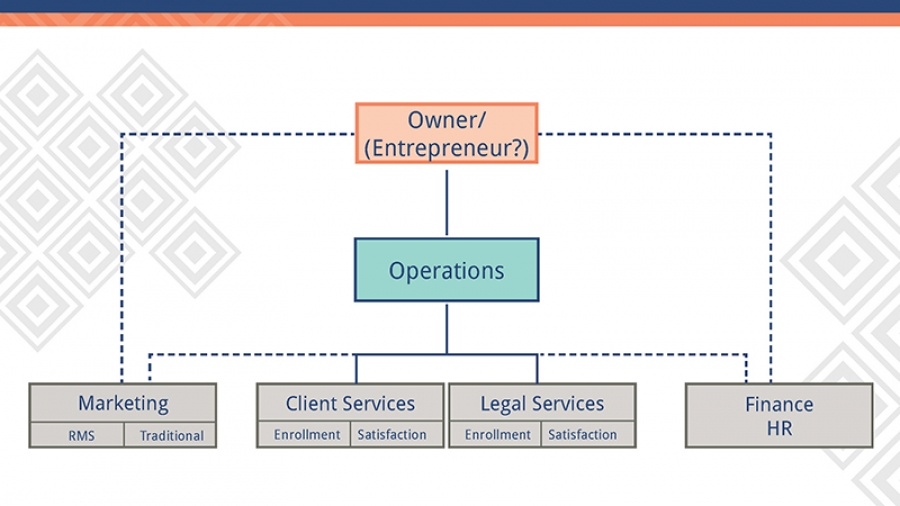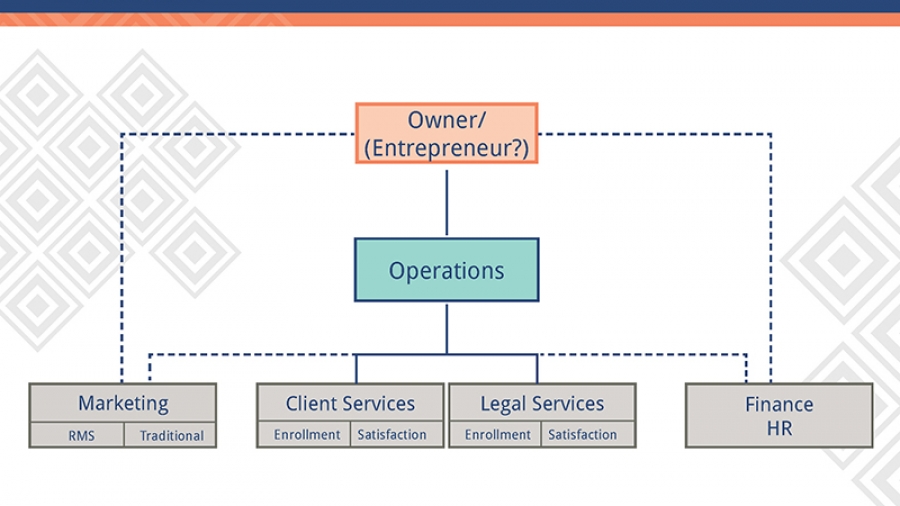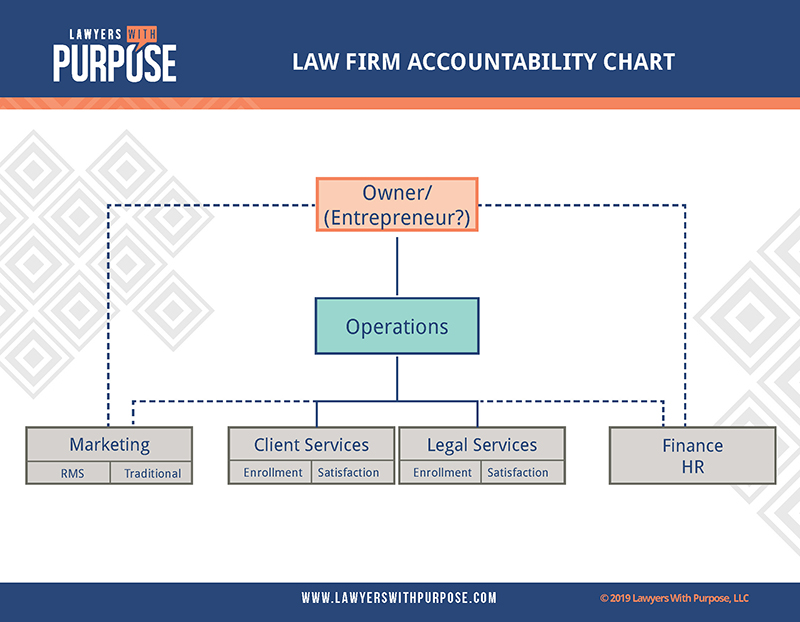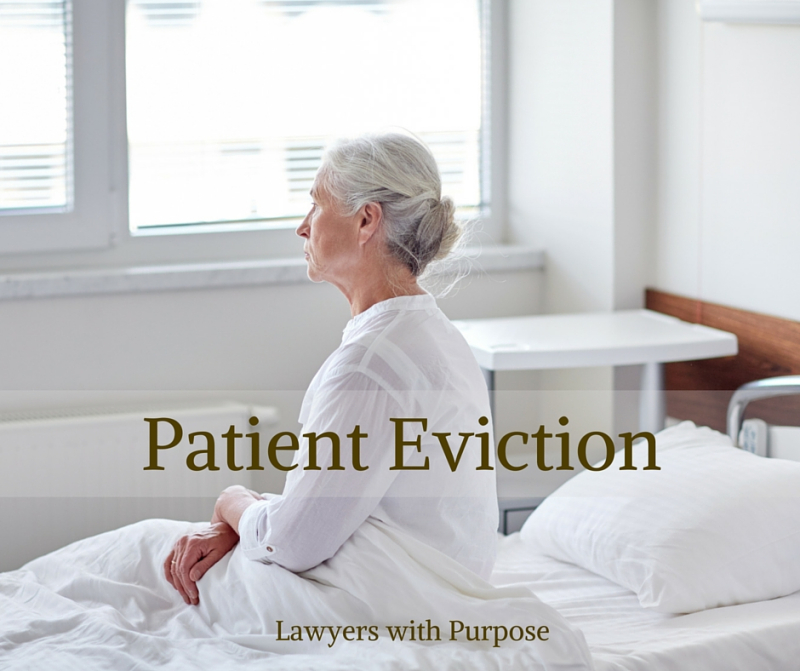“We have received information showing that because of your disabilities you may need help handling your Department of Veterans Affairs (VA) benefits.” That is how the letter usually begins. A claimant may receive this letter after benefit approval, when the VA proposes a rating of incompetency, which usually means a fiduciary will need to be appointed to manage the VA funds. Generally, the letter does not come as a surprise – one can anticipate such a proposal when the doctor completes the VA form 21-2680 citing dementia or other illnesses that may affect the mind as a diagnosis and/or indicating that the claimant does not have the ability to manage his/her own financial affairs. However, you may not be aware of how the determination of incompetency, or the appointment of a representative payee for any reason, will impact your client’s Second Amendment rights. The VA spells it out for you in the same letter that proposes a finding of incompetency in the section titled “How This Decision Could Affect You”:
 A determination of incompetency will prohibit you from purchasing, possessing, receiving, or transporting a firearm or ammunition. If you knowingly violate any prohibition, pursuant to section 924(a)(2) of title 18, United States Code, as implemented by Public Law 103-159 of the Brady Handgun Violence Prevention Act, you may be fined, imprisoned, or both. – VA Adjudication Manual M21-1, III.v.9.B.3.b.
A determination of incompetency will prohibit you from purchasing, possessing, receiving, or transporting a firearm or ammunition. If you knowingly violate any prohibition, pursuant to section 924(a)(2) of title 18, United States Code, as implemented by Public Law 103-159 of the Brady Handgun Violence Prevention Act, you may be fined, imprisoned, or both. – VA Adjudication Manual M21-1, III.v.9.B.3.b.
In fact, once the finding of incompetency is finalized or a representative payee is appointed for any reason, including the applicant appointing one for convenience, the VA will forward to the Federal Bureau of Investigations (FBI) the name of the allegedly incompetent VA beneficiary to be placed in a database called the National Instant Criminal Background Check System (NICS). Anyone attempting to legally purchase a firearm in the United States should have their name checked against the NCIS database by the gun dealer before the final sale.
Fortunately, the VA also informs you of how to seek relief from the prohibitions of the Brady Act:
If we decide that you are unable to handle your VA funds, you may apply to VA for the relief of prohibitions imposed by the Brady Act with regards to the possession, purchase, receipt, or transportation of a firearm. Submit your request on the enclosed VA Form 21-4138, Statement in Support of Claim. VA will determine whether such relief is warranted. – VA Adjudication Manual M21-1, III.v.9.B.3.b.
The NICS Improvement Amendments Act of 2007 (NIAA) amended the Brady Act so the VA is obligated to allow incompetent beneficiaries the opportunity to request relief from the latter act’s reporting requirements. The NIAA places the responsibility for administering the relief program on the VA. Note that relief from the reporting requirements of the Brady Act is not considered a “benefit” under Title 38. Therefore, principles common to the VA’s adjudication process that benefit the claimant, such as “benefit of the doubt” and “duty to assist,” do not apply. The burden of proof for these requests resides with the beneficiary, and the requests must be clear and explicit. The application for relief from these prohibitions is reviewed by a Veterans Service Representative (VSR) who must determine whether there is “clear and convincing evidence [showing] the circumstances regarding your disability and your record and reputation are such that you are not likely to act in a manner dangerous to yourself or others, and the granting of relief is not contrary to public safety and/or the public interest,” according to VA Adjudication Manual M21-1, III.v.9.B.4.e.
In order to be successful, the application for relief must include a statement from a primary mental-health physician assessing mental health status over the last five years, medical information addressing any mental health symptoms and whether or not the claimant is likely to act in a manner dangerous to himself/herself or to the public, and evidence of his/her reputation, through character witness statements, testimony, or other character evidence. The VA will also seek your signature on a consent form that allows them to run a criminal background check. VA decisions that deny relief are not subject to review by the Board of Veterans’ Appeals. They are, however, subject to review in Federal District Court, and for this reason, all such decisions must contain a detailed explanation of the basis for denial.
To date, there has been no case pushed to the Supreme Court to determine if the actions of the VA are constitutional. David Goldman, a nationally recognized gun trust attorney, suspects it will likely take the involvement of the NRA or the Second Amendment Coalition to get a case heard before the Supreme Court on this issue.
Until that time, it is up to us to protect our clients and their firearms. In Henderson v. US (575 US ____ Docket No. 13-1487 (2015)), the SCOTUS held that a person not entitled under the federal law to possess firearms has not also lost the property right to the same. This decision makes gun trusts a vital tool. By placing the guns of a client who has been deemed incompetent into a gun trust, we can allow the client to maintain ownership of the guns the client wishes to protect. However, it is important to understand that the client cannot, under current rules, have actual possession of the firearms. This means the client cannot be the trustee of the gun trust and the firearms must not be accessible to the client. So, the trustee must lock the guns in a cabinet or move them to some other location the VA applicant cannot access. Failure to follow these rules can and has resulted in guns being seized from veterans.
Hopefully, this issue will get to the Supreme Court in the near future. However, in the interim, we need to proceed with caution in appointing representative payees in cases where it is not necessary for our clients with guns. When representative payees are necessary due to incompetence, the veteran may not maintain possession, but only ownership, of his firearms. The establishment of a gun trust under the correct guidelines can afford our clients the ability to maintain their guns.
If you want to learn more about becoming a Lawyers With Purpose member, click here to download our Membership Brochure and review all the benefits and tools available to our members.
By Sabrina A. Scott, Paralegal, The Elder & Disability Law Firm of Victoria L. Collier, PC and Director of VA Services for Lawyers with Purpose.
Victoria L. Collier, Veteran of the United States Air Force, 1989-1995 and United States Army Reserves, 2001-2004. Victoria is a Certified Elder Law Attorney through the National Elder Law Foundation; Author of “47 Secret Veterans Benefits for Seniors”; Author of “Paying for Long Term Care: Financial Help for Wartime Veterans: The VA Aid & Attendance Benefit”; Founder of The Elder & Disability Law Firm of Victoria L. Collier, PC; Co-Founder of Lawyers with Purpose; and Co-Founder of Veterans Advocate Group of America.
 Greater efficiency is one of the keys to greater profitability. As an estate planning and elder law attorney, if you want to become more profitable, your firm must be able to draft an asset protection plan more efficiently. The right software can help you accomplish this.
Greater efficiency is one of the keys to greater profitability. As an estate planning and elder law attorney, if you want to become more profitable, your firm must be able to draft an asset protection plan more efficiently. The right software can help you accomplish this.











